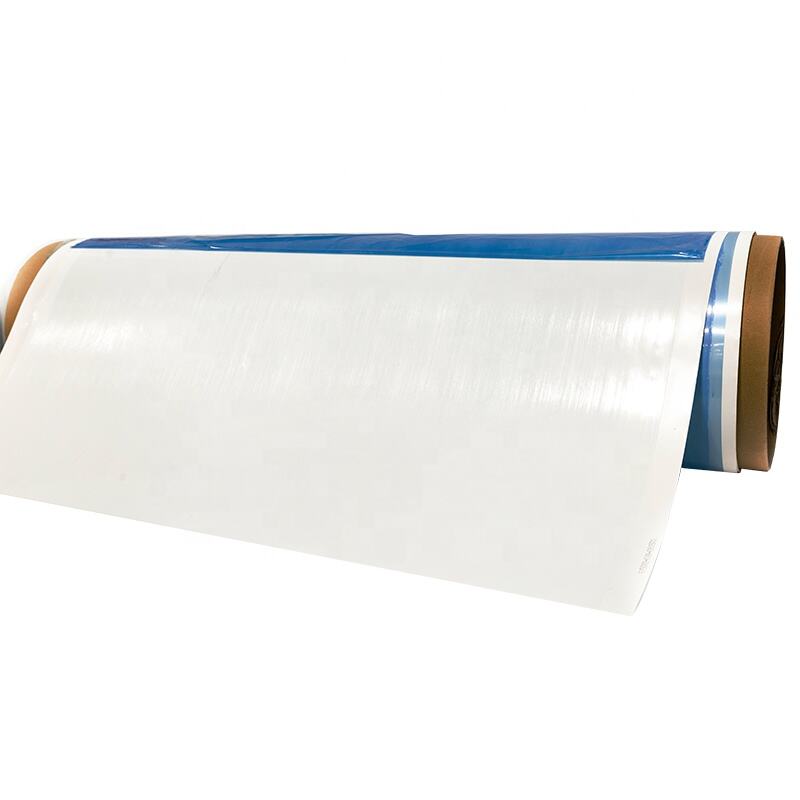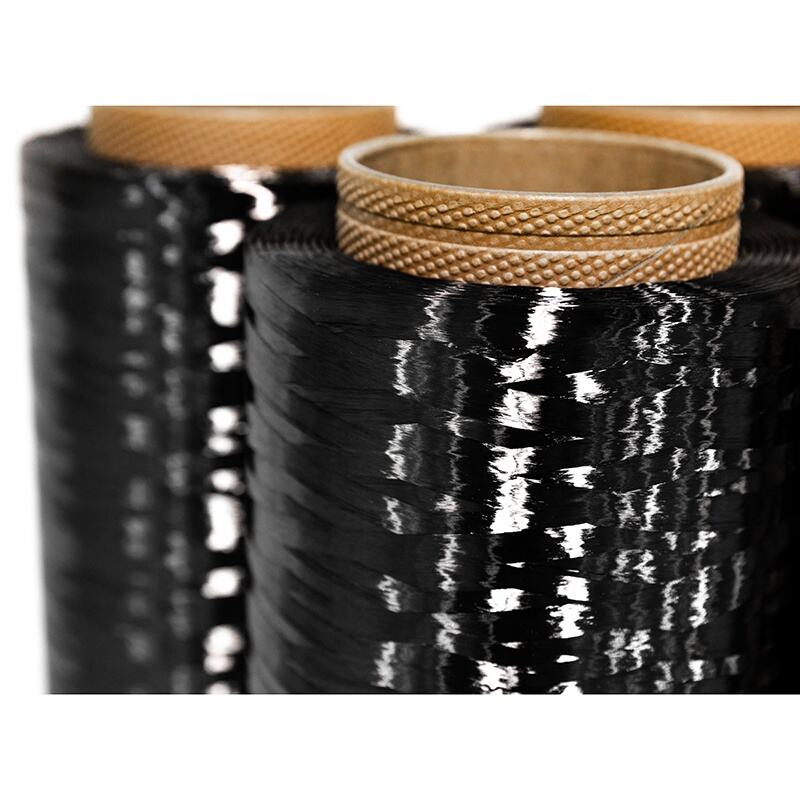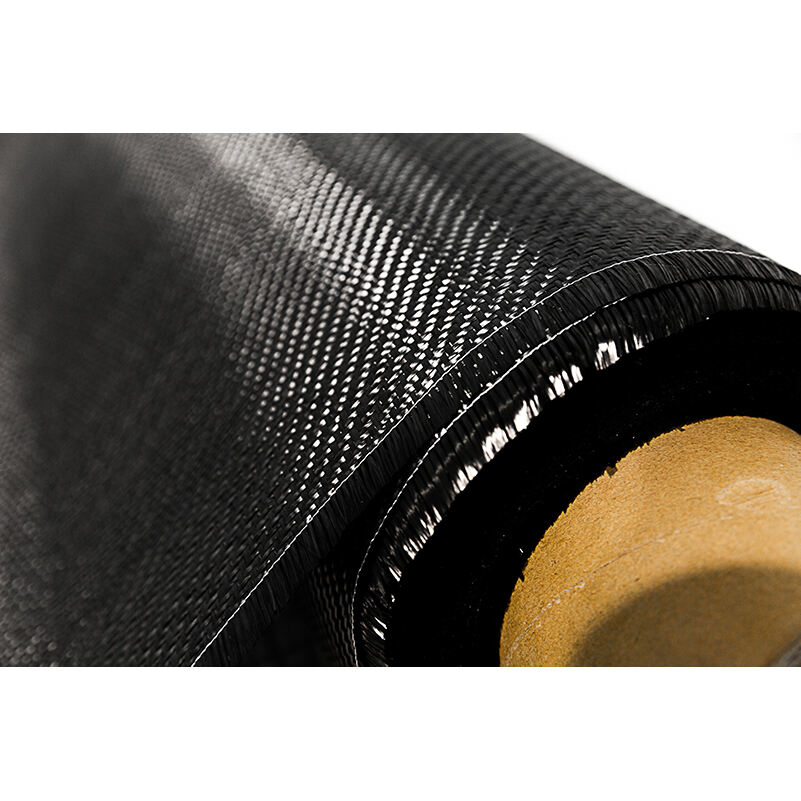pre impregnated
Pre impregnated materials, commonly known as prepregs, represent a revolutionary advancement in composite manufacturing technology. These materials consist of reinforcement fibers or fabrics pre-combined with a matrix material, typically a thermoset resin, in a ready-to-use form. The reinforcement is precisely impregnated with a pre-catalyzed resin system, creating a material that offers consistent properties and superior performance. The resin content, fiber alignment, and material thickness are carefully controlled during manufacturing, ensuring exceptional quality and reproducibility. These materials are stored in a partially cured state, usually requiring refrigeration to extend shelf life, and are fully cured during the final manufacturing process through the application of heat and pressure. Pre impregnated materials find extensive applications across various industries, including aerospace, automotive, sporting goods, and wind energy. Their ability to create high-strength, lightweight structures while maintaining dimensional stability and excellent surface finish makes them invaluable in modern manufacturing. The controlled resin content eliminates the need for manual resin application, reducing manufacturing variability and ensuring consistent part quality.


